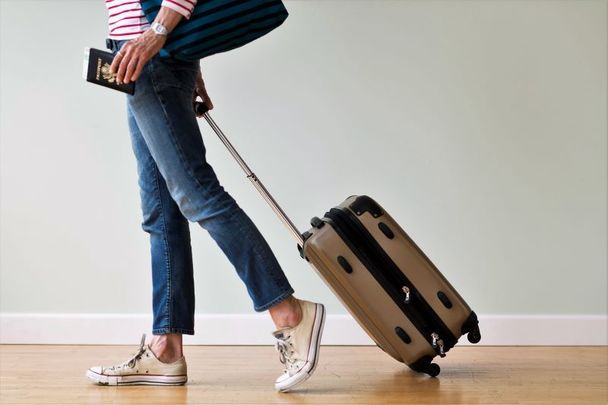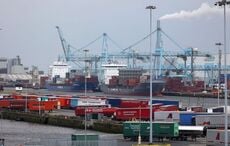Some 18.1m people went to an Irish visitor experience or attraction last year, which is up significantly from 2022 but 21% below the 22.9m reported in 2019.
However, inbound visitor numbers to Ireland last year were about 35% below 2019, showing the importance of the domestic visitor market.
“There is no doubt that, while the pandemic is in the rear-view mirror, we are still in a period of transition," said Catherine Flanagan, CEO of AVEA.
"2023 was considered the first ‘full’ year of tourism where aviation connectivity was restored to pre-pandemic levels; however, the ‘staycation’ market segment is still one that is of vital importance to Ireland’s visitor attractions.”
The provisional data for the 2024 tourism season shows, however, that the number of international bed nights has fallen by 350,000 or 6% when compared with the previous year, while travel data shows a surge in Irish residents going to European hotspots.
Visitor numbers from Ireland to Spain have increased 18% year-on-year.
“We are all aware that there has been a huge disruption to the tourism accommodation sector in recent years, with more uncertainty on the horizon as the legislation around short-term letting is framed," said Flanagan.
"Visitor attractions this year have felt the harsh impact of many factors, including the lack of accommodation availability at a range of prices, coupled with a summer of poor weather, and shorter stays by overseas visitors.”
Some 97% of AVEA members anticipate increased visitor numbers this year and 99% expect revenue to improve, but the preliminary figures are a lot more muted.
“The optimism members showed early in the year did not, for the most part, translate into business reality.
"Some businesses have performed strongly; but for the majority of the country, a soft summer will make for an uneasy autumn-winter with cost concerns being our biggest worry," said Flanagan.
AVEA member visitor attractions employ more than 6,400 people and generated revenues of €362m last year.
Staff costs account for half (49%) of attractions' operating costs, but labor is expected to account for a larger share of costs with changes in legislation on pay.
There was an increase of just over 5% in average ticket prices to enter attractions reaching a median of €11.32, net of VAT and on the other hand, the average retail spend per head fell by 8% to €4.70 while the majority of survey respondents also experienced an increase in insurance premiums, the average being about 12%.

Are you planning a vacation in Ireland? Looking for advice or want to share some great memories? Join our Irish travel Facebook group.
“Benchmarked internationally, Irish visitor attractions provide excellent value for money, and it is clear from our findings that our median yield is extremely modest," said Flanagan.
"Our challenge, as year-round businesses that operate in a highly seasonal sector, is to increase visitor numbers year-round, and external factors are making this extremely difficult. Costs are up significantly.
"The current VAT rate exacerbates this and it is certainly proving to be a barrier for our sector.
"We are dealing with increased costs of doing business on all fronts which must be balanced against the value proposition that attractions can offer to visitors living in a ‘cost of living’ crisis.”
* This article was originally published on Business Plus.




Comments